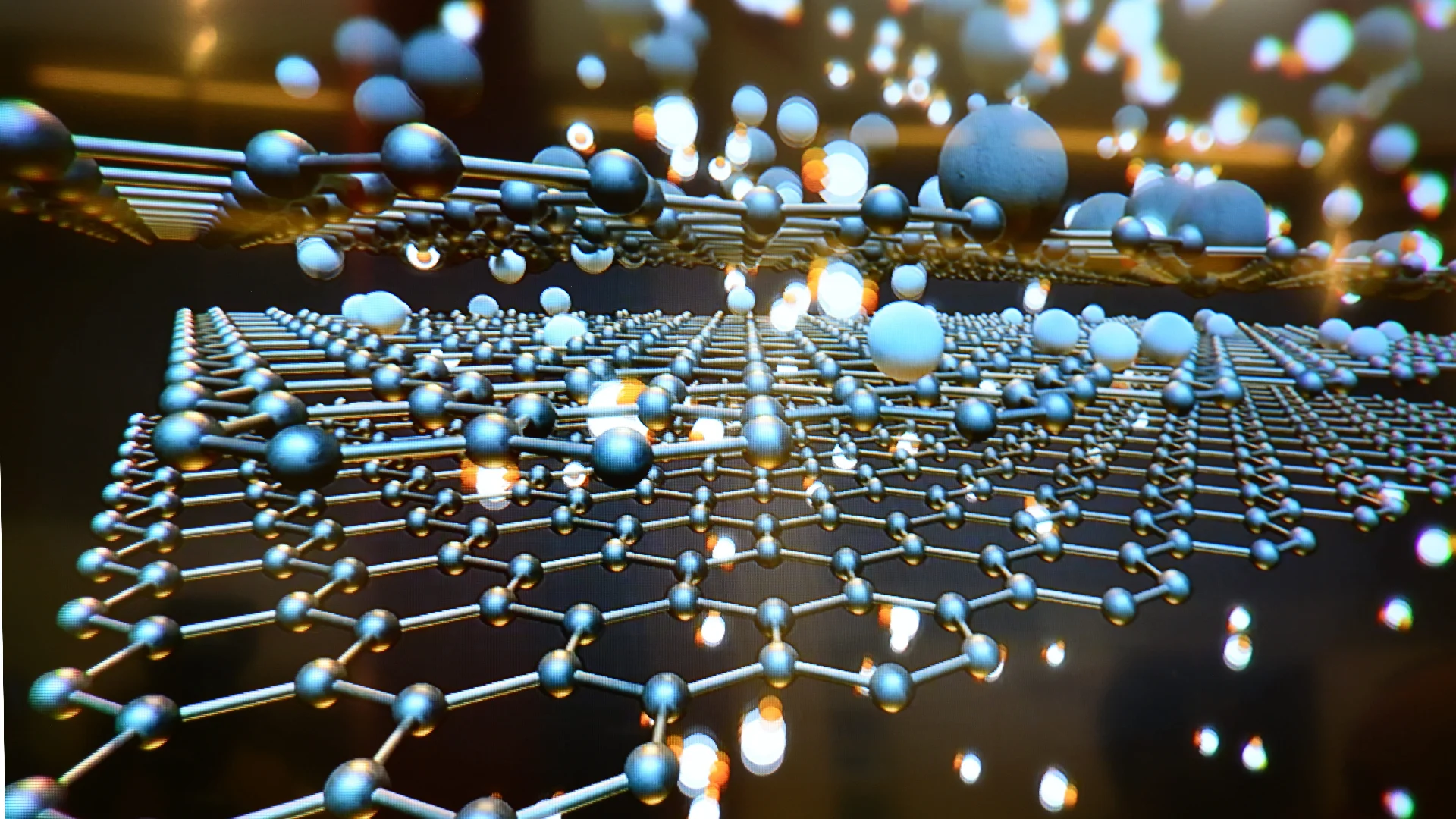
Blog
19th July 2020
Graphene is a one-atom-thick sheet of carbon, arranged in a honeycomb (hexagons or chicken-wire) crystal lattice. Researchers discovered graphene in 2004, and since then have found numerous applications and properties of this wonder material. Graphene is set to revolutionize various fields, including electronics, batteries, conductors, energy generation, displays, medicine, and more. Graphene is the most durable material ever developed and is 200 times stronger than steel and more robust than a diamond. Being the world's thinnest material, it is also transparent and flexible. Graphene is also the best electricity and heat conductor.
Increasing demand for renewable, lightweight, and flexible materials with a long life span are few factors fueling the market. In contrast, the introduction of nanotechnology into the electronic industry is also boosting the market growth. Moreover, the global market is stepping into clean energy and low-cost products with better efficiency. Graphene is a disruptive technology that could unlock new markets and even replace existing technologies or materials. For instance, in the ongoing COVID- 19 pandemic, the surgical masks have been replaced by a few-layer graphene nonwoven masks. Superhydrophobic states were noticed on the treated masks' surface, causing the incoming aqueous droplets to bounce off. This graphene-coated mask can be recycled directly for use in solar-driven sterilization with outstanding salt-rejection performance for long-term use. However, the factor that can restrain the graphene market growth is to reach volume production in the next 2-5 years.
Graphene can design the next-generation advanced electronics, leading to faster transistors, semiconductors, bendable phones, and other electronics. For instance, researchers at The University of Manchester have already created the world's smallest transistor by using graphene. The compact the size of the transistor, the better the design within circuits. Moreover, flexible and wearable electronics take advantage of graphene's mechanical properties as well as its conductivity. Graphene can be utilized as a coating to enhance current touch screens for phones and tablets and make circuitry for our computers magnificently fast. These are just examples of how graphene can improve present devices. Hence, graphene lightening up the next-generation of electronics is resulting in a compound of demand. For instance, according to Huawei, graphene's battery technology storage capacity is 45 percent of a lithium battery with the same capacity. However, graphene batteries possess rapid charging speed. For example, a 3,000mAh battery could charge in about 12 minutes. More significantly, the life of a graphene battery is approximately double a typical lithium-ion battery.
Asia- Pacific is emerging as the developing graphene market due to the high demand for electronic goods and energy. Asia has significant proven reserves for graphene, particularly in regions like China. It is also the biggest producer of electronic materials and has a massive market for graphene products. Graphite India Ltd., the largest Indian maker of graphite electrodes in a stock exchange, announced that it bought a 16% stake in US-based General Graphene Corporation for USD 18.6 million in an all-cash deal. Other regions like North America also contribute to the low-cost production of graphene with the latest technology. This is due to the more efficient research and development sector fueling the global graphene market's growth. According to the Global Graphene Industry Report, the graphene market in the United States in 2016 was worth USD 5.1 million and likely to grow to USD 58.9 million by 2024. In China (owns about 58% of the world's graphene patents), the Global Graphene Industry report estimated that the market is expected to worth CNY 100 billion by 2020.
The future of the graphene market is likely to be positive due to the increasing demand for more efficient electronic devices. For instance, several large and public companies (such as Samsung, Intel, Nokia, IBM, and Sony) are involved in graphene research leading to more significant investments. For example, US-based CVD Equipment Corporation offers graphene R & D and production equipment to result as a substantial market player. These companies may be at the forefront of graphene research, especially in high-end fields such as electronics and photonics. Therefore, graphene probably represents a significant portion of the business and investments. For instance, Victorian graphene sensing company, Imagine Intelligent Materials would receive USD 271,000 to explore and develop applications using advanced materials in military body armor for the Australian Defence Force (ADF).
Detailed analysis of the Impact of Covid-19 on Graphene Market will be available in our Full Report.